Three uniformly charged infinite wires with linear charge density are placed along and axis respectively. Find the flux of electric field through Gaussian surface given by If your answer is fill the value of
Important Questions on Electrostatics
A cube is placed inside an electric field, The side of the cube is and is placed in the field as shown in the given figure. The charge inside the cube is:
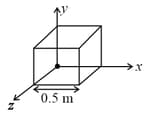
[use in unit]
A point electric charge is placed at a corner of a cube as shown in the figure. What is the electric flux passing through of the cube? ( is permittivity of free space)
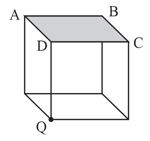
A point charge is placed at the corner of a cube of side as shown in the figure. What is the electric flux through the face ?
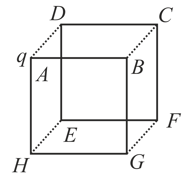
Choose the incorrect statement:
(a) The electric lines of force entering into a Gaussian surface provide negative flux.
(b) A charge is placed at the centre of a cube. The flux through all the faces will be the same.
(c) In a uniform electric field net flux through a closed Gaussian surface containing no net charge, is zero.
(d) When an electric field is parallel to a Gaussian surface, it provides a finite non-zero flux.
Choose the most appropriate answer from the options given below:
A charge is placed at one corner of a cube as shown in figure. The flux of electrostatic field through the shaded area is:
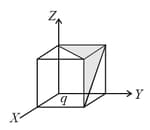
The black shapes in the figure below are closed surfaces. The electric field lines are in red. For which case, the net flux through the surfaces is non-zero?

Choose the correct alternative , , or for each of the questions given below
A closed surface in vacuum encloses charges and . The total electric flux emerging out of the surface is
If a charge is placed at the centre of a closed hemispherical non-conducting surface, the total flux passing through the flat surface would be

A point charge of is at the centre of a cubic Gaussian surface on the edge. Find the net electric flux through the surface.
A charge sits at the black corner of a cube as shown in the following figure:
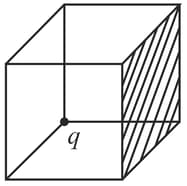
What is the electric flux through the shaded side?
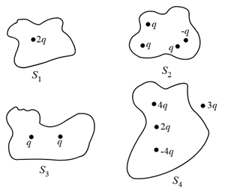
Let the respective electric fluxes through the surfaces be and . Then:

